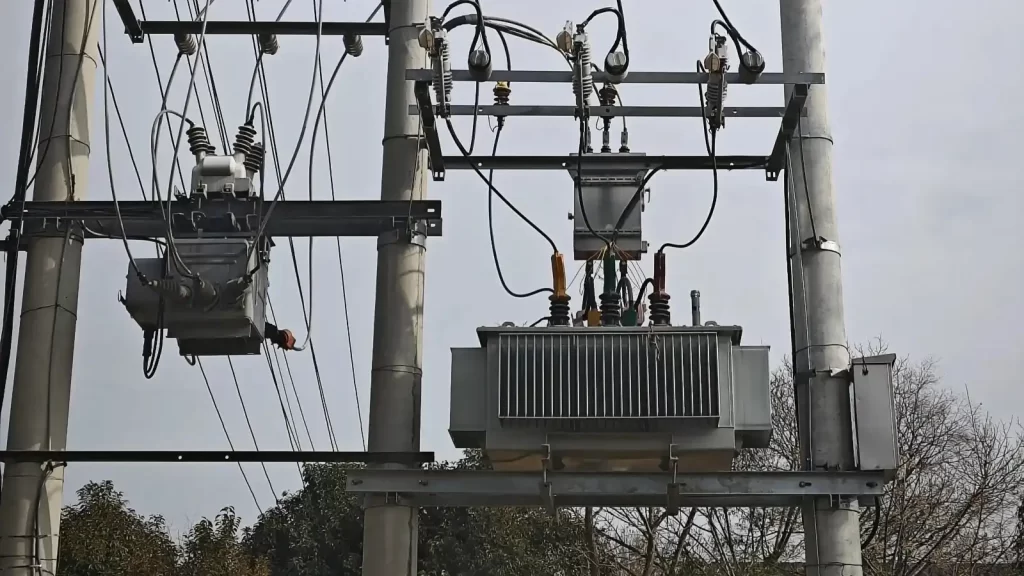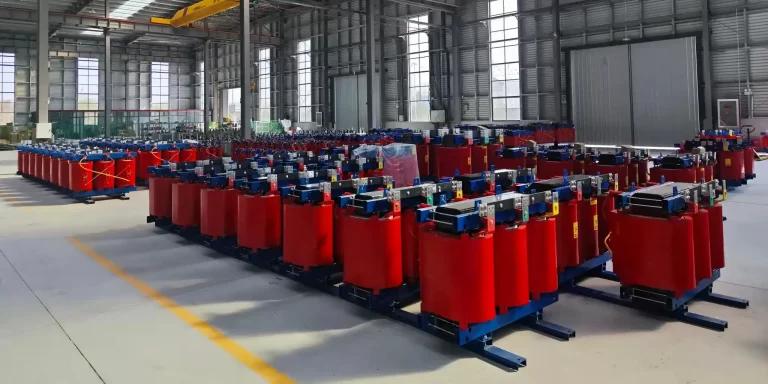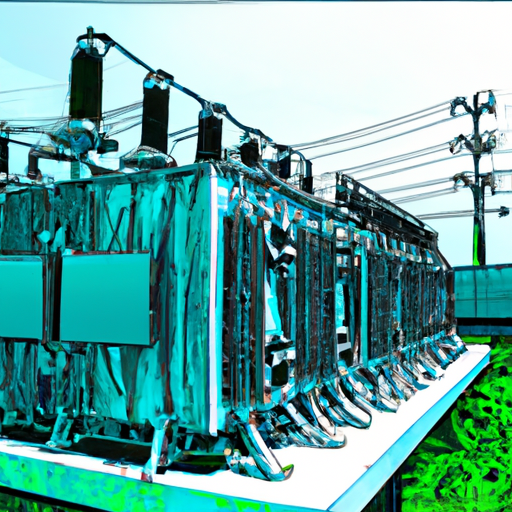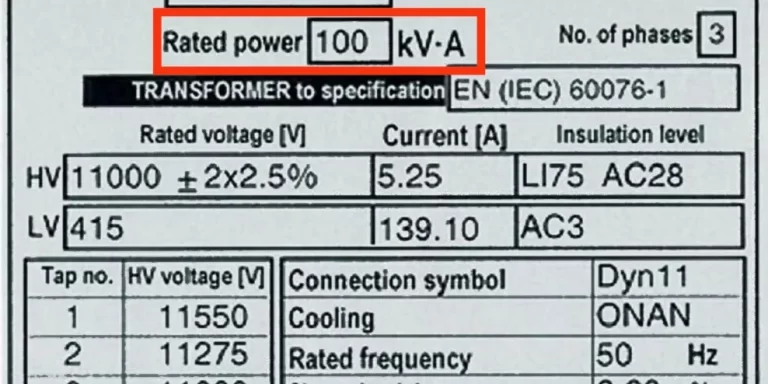Transformers are essential components in electrical systems, responsible for converting voltage levels to ensure safe and efficient power distribution. But have you ever wondered how far you can run power from a transformer? In this blog post, we will explore the factors that determine the maximum distance power can be transmitted from a transformer and how to optimize power transmission for different scenarios.

Table of Contents
What is a Transformer?
Before diving into the topic, let’s briefly understand what a transformer is. A transformer is an electrical device that transfers electrical energy between two or more circuits through electromagnetic induction. It consists of two or more coils of wire, known as windings, which are linked by a magnetic field. The primary winding receives electrical energy at one voltage level, and the secondary winding delivers it at a different voltage level.
Factors Affecting Power Transmission Distance
Several factors influence the maximum distance power can be transmitted from a transformer:
1. Voltage Level
The voltage level at which power is transmitted plays a crucial role in determining the transmission distance. Higher voltage levels allow power to be transmitted over longer distances with minimal losses. This is why high-voltage transmission lines are used for long-distance power transmission, while lower voltage levels are suitable for shorter distances.
2. Wire Size and Material
The size and material of the wire used for power transmission also impact the maximum distance. Thicker wires with lower resistance can transmit power over longer distances without significant losses. Copper is commonly used for its excellent conductivity, but aluminum is also used due to its lower cost.
3. Load Demand
The amount of power required by the load being supplied from the transformer affects the maximum transmission distance. Higher loads result in more significant voltage drops along the transmission line, reducing the distance over which power can be transmitted effectively. It is crucial to consider the load demand when determining the maximum transmission distance.
4. Power Losses
Power losses occur during transmission due to factors such as resistance in the wires and transformer inefficiencies. These losses increase with the length of the transmission line. To minimize power losses, transformers are often located closer to the load or equipped with voltage regulation devices to compensate for voltage drops.
Optimizing Power Transmission
To optimize power transmission and maximize the distance from a transformer, several strategies can be employed:
1. Increase Voltage
By increasing the voltage level, power can be transmitted over longer distances with reduced losses. This is why high-voltage transmission lines, such as those used in long-distance power transmission, operate at extremely high voltages.
2. Use Thicker Wires
Using thicker wires with lower resistance helps minimize power losses and allows for longer transmission distances. Thicker wires can handle higher current levels without significant voltage drops, ensuring efficient power delivery.
3. Implement Voltage Regulation
Voltage regulation devices, such as voltage regulators or tap changers, can be installed to compensate for voltage drops along the transmission line. These devices adjust the transformer’s output voltage to maintain a consistent voltage level at the load, enabling power transmission over longer distances.
Conclusion
The maximum distance power can be transmitted from a transformer depends on various factors, including voltage level, wire size and material, load demand, and power losses. By considering these factors and implementing optimization strategies like increasing voltage, using thicker wires, and employing voltage regulation, power transmission distances can be extended. Understanding these principles is crucial for designing efficient and reliable electrical systems.
References:
Electric power transmission – Wikipedia



